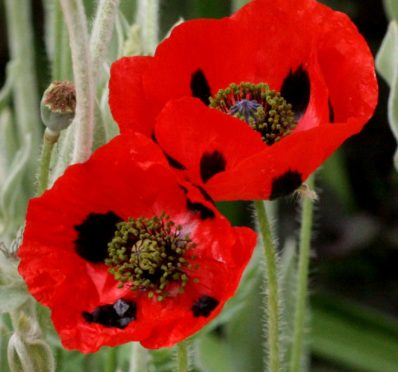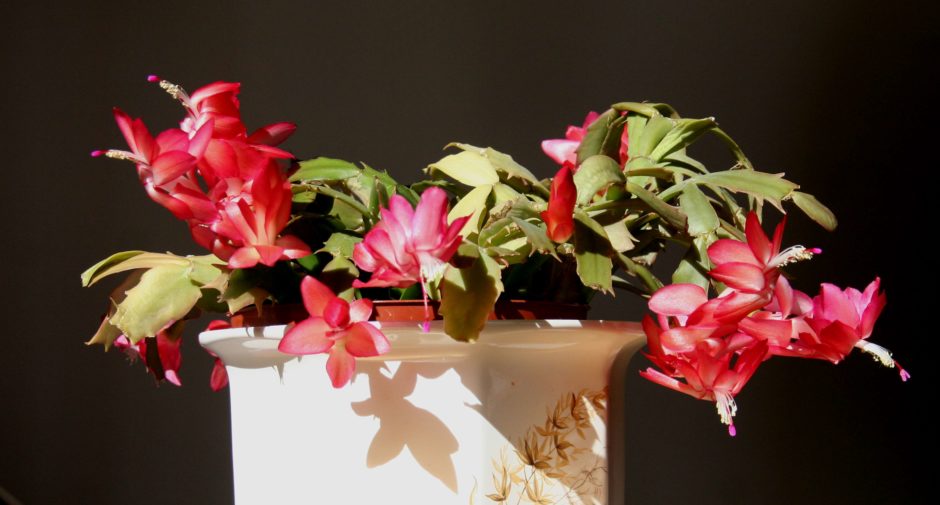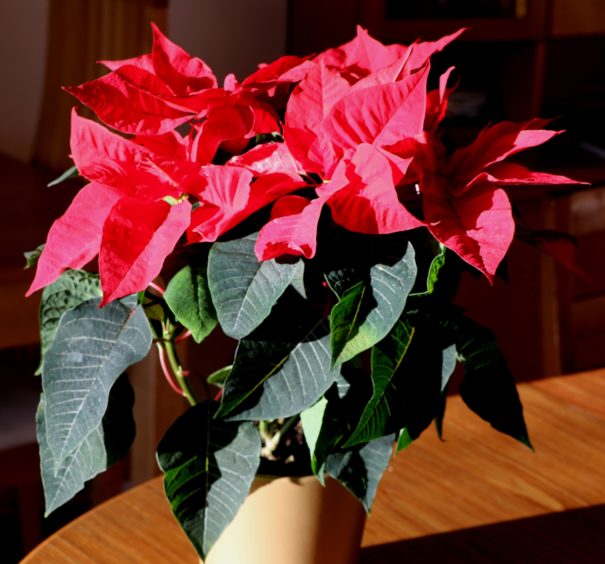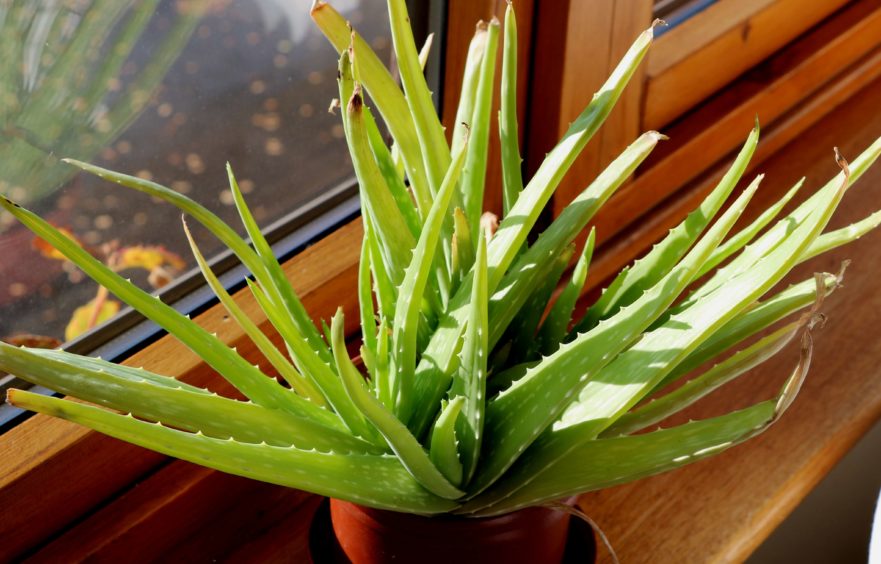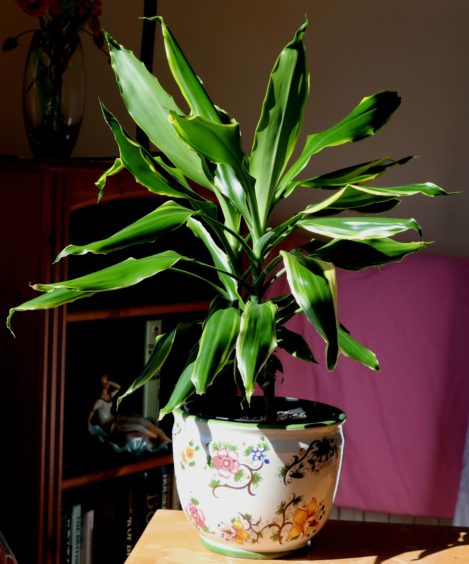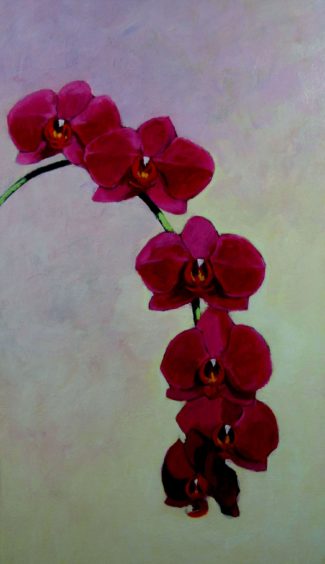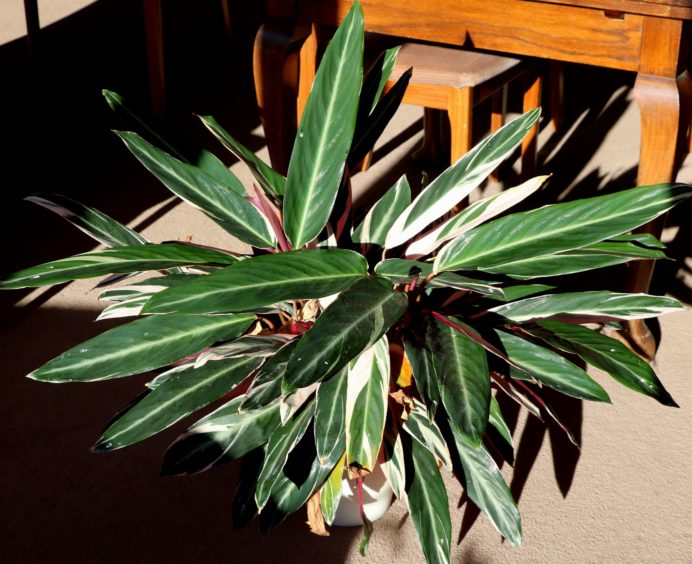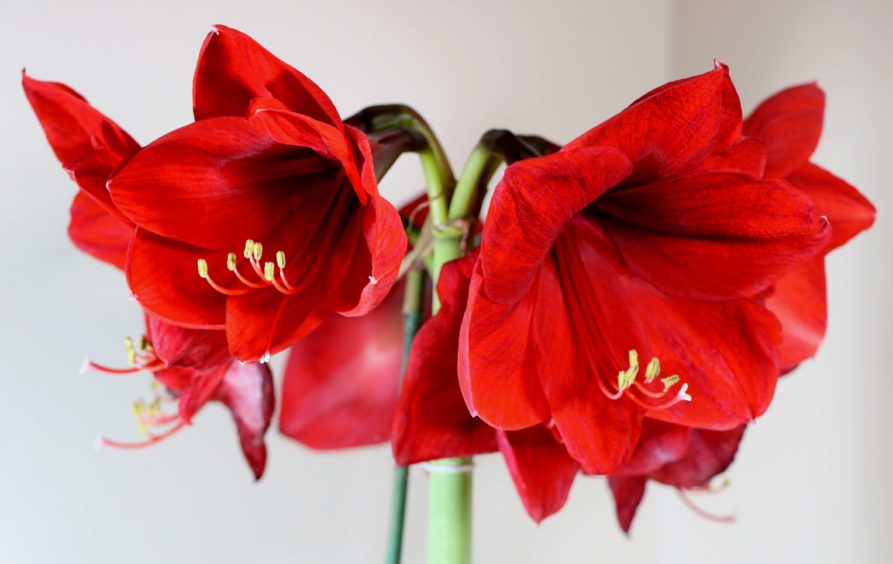John Stoa gets down to a house party with his house plants
Most people were brought up in a home that always had some form of green plant.
As a young child I cannot ever forget that Aspidistra that sulked in a dark corner defying all attempts to kill it.
Later on in life as gardening began to take hold I learned that there were numerous house plants available and many were quite attractive, so in came a rubber tree plant, and that Aspidistra ended up on the compost heap.
Then later a cheese plant (Monstera) arrived followed by a mother in laws tongue (Sansevieria) then the spider plant (Chlorophytum) and a tradescantia.
However, some of these came with their own set of problems.
Father asked my advice on what to do, now that his rubber tree plant has reached the ceiling, and he only fed it twice a week!!!
There was a massive demand for house plants in the seventies and all sorts appeared but then information on looking after them came in books and plant labels.
Slowly over time fashions changed and flowering house plants are more popular though colourful and easy to grow evergreens are still in demand to add life to living rooms, and halls.
Orchids are a favourite in light bathrooms where the moist atmosphere is just what they need and the Aloe vera popular on the kitchen windowsill quite handy as a medicinal use for light burns and scrapes to the cook’s hands.
The evergreens are now part of the indoor landscape finding a spot to bring life to the dull corners or as part of the furniture.
The Yucca and Aglaonema both come in a range of leaf colours and just love the house atmosphere and their architectural forms are perfect to add interest around the house.
Both may be easy to look after, but in time they will grow quite big.
However the keen gardener will not chuck them out if they have outgrown their place.
The Yucca can be cut back to the stumps and after a few months will recover and start growing again.
The tops can be used as cuttings to produce new plants to pass onto a friend.
The Aglaonema can be removed from its pot and the large crowns can be split up like a herbaceous plant and the smaller sections repotted into small pots.
The flowering house plants are now mostly seasonal whereas forty years ago the pot mum (dwarf chrysanthemum) reigned supreme.
We all tried to revive them after flowering to grow on for another year, but not knowing they had been artificially kept dwarf by chemicals they soon outgrew their locations.
At Christmas the poinsettias are a similar plant in that they are almost as important as the Christmas tree.
We get attached to them and try to keep them for another year, but without dwarfing chemicals they soon take off.
In their natural environment they grow into small trees.
The other popular festive flowering house plant is the Christmas cactus.
This however, is easy for the home gardener to keep for many years.
After flowering we just let them go quite dry, just giving an occasional watering if they shrivel up too far, then in late spring we start to water again as they go into their growth phase, but after a couple of months we dry them off again to ripen up the shoots for flowering the next Christmas, or just ahead of the festive season.
Other festive flowering plants include the dwarf Azalea, cyclamen, Amaryllis and the Phalaenopsis orchid.
All of these can be retained for flowering another year, but you need to check out each one’s own growing requirements as they all need different conditions.
Geraniums and Impatiens grown from autumn cuttings and then put on a bit of growth can be allowed back into flowering during the dull winter months.
Careful watering is very important as some plants can dry out if not checked frequently, then after watering remove excess water.
They do not like wet feet. Most plants also like light conditions but out of direct sunlight, except cactus grown on a windowsill.
Wee jobs to do this week
Annual poppies are a great plant for summer colour and are very easy to grow. There are several types such as Californian, Opium, Iceland and Ladybird, and seed can be saved from all of these to grow again the following year.
Collect seed heads once they are mature and store them in a frost free shed or garage in paper bags or open plastic containers. Check over in a couple of months and when they are dry enough open up the pods and extract the seeds.
